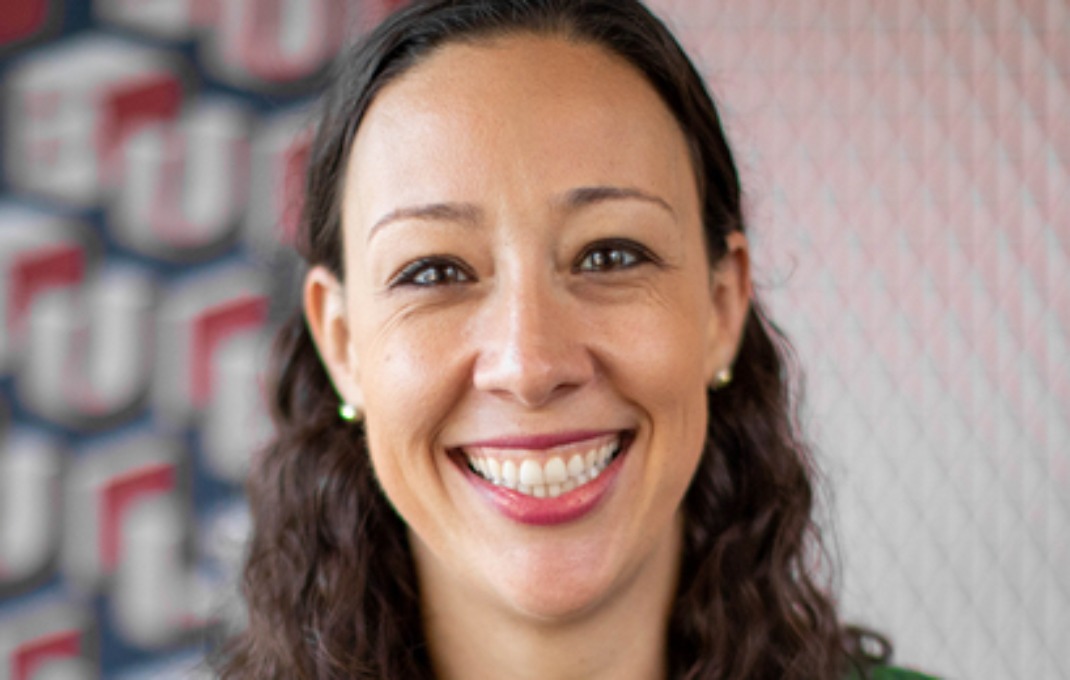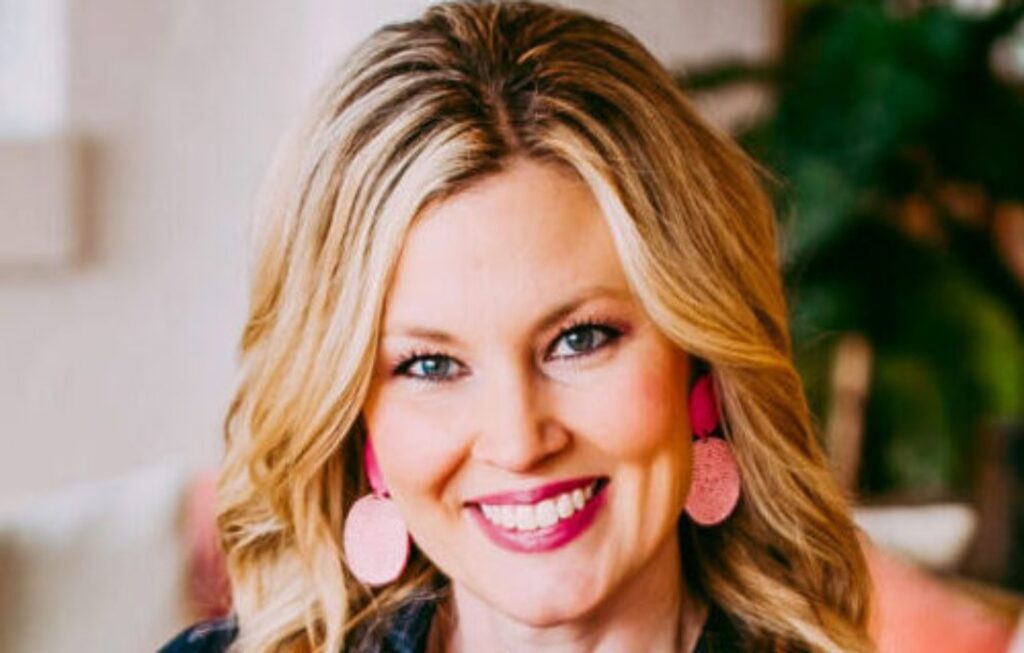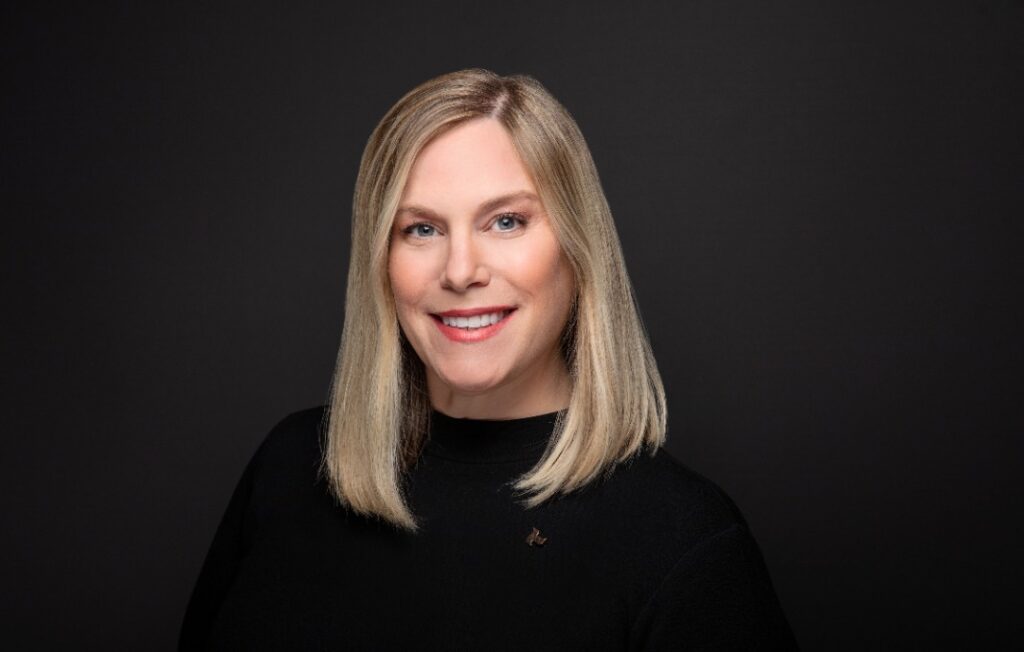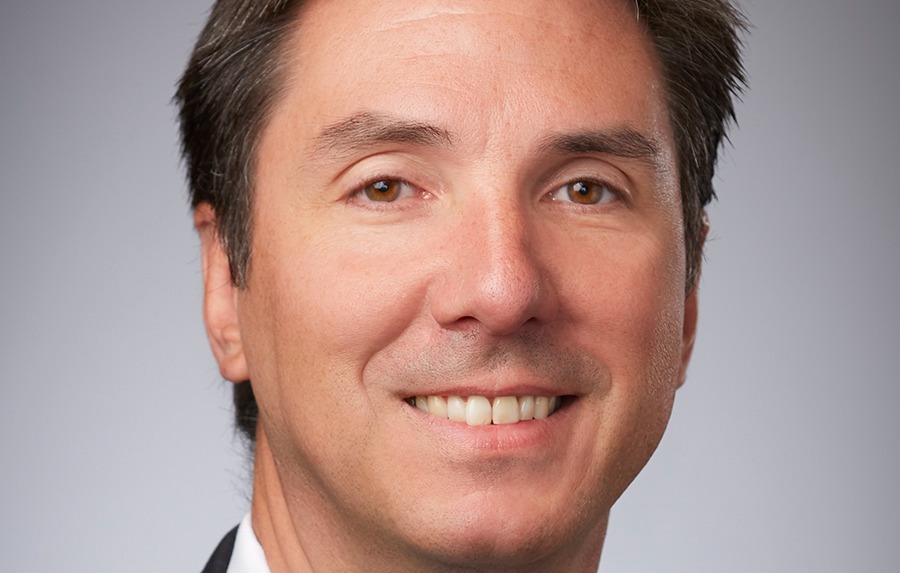It’s imperative that all voices are heard for an organization to succeed, says Kate Manahan. “The concept of employee engagement as part of HR is fairly new, but I believe it is a key component in fostering a vibrant culture,” says the senior vice president of people and culture at Built Technologies, a Nashville, Tennessee-based provider of construction and real estate finance technology.
Manahan spoke with StrategicCHRO360 about how Built is doing just that, the best ways to root out bias and why finding employees who “value click” with your organization is equally important to their skillset.
What programs, frameworks and best practices can be implemented by HR leaders to improve workplace culture for existing and incoming employees?
I have always believed that workplace culture is a core differentiating factor that separates the highest performing organizations from the rest. The most salient and impactful cultures are embodied and owned by every team member within the organization, and HR leaders are uniquely positioned to shape that culture through the organizational and people processes that they implement.
In my experience, ensuring and enabling a healthy organizational culture can be targeted through three key HR processes: hiring the right people, offering deliberate talent development and providing intentional engagement programs to ensure everyone’s voice is heard.
Regarding hiring, I think it’s equally important to hire someone who is a value click for your organization as it is to find someone with the right level of experience and skillsets. In order to do that well, you first need to be clear and intentional about what your values are as an organization.
At Built, we have codified this through our company’s guiding principles, which are incorporated into our leveling and assessment processes. Our interviewers assess whether potential candidates can raise our talent bar based on not just their skills alone, but whether we think they would embody and role model our core values around things like humility, acting like an owner, curiosity, diversity and building great teams.
Hiring the right talent only works if you develop each individual on an ongoing basis, capitalizing on their potential and creating clear career mobility and leadership growth opportunities. People are inherently driven by having a clear purpose and continually being challenged to learn and grow.
While myriad ways exist to develop employees, some of the more effective programs include having clear criteria for each role level with a deliberate promotion process, guidelines and/or templates for quality development plans. They also include opportunities to expand on skills and networks internally and externally, such as learning grants or diversity, equity, inclusion and belonging leadership programs. By having a deliberate approach to development, you enable a culture of growth that maximizes motivation and fosters retention.
Lastly, but surely not least, is intentional employee experience and engagement programs. The concept of employee engagement as part of HR is fairly new, but I believe it is a key component in fostering a vibrant culture. A critical enabler of employee engagement is active listening and the feedback loop. HR leaders should implement mechanisms to gather candid feedback on an ongoing basis, coupled with action-oriented programs to address employee responses.
At Built, we have several different ways to solicit feedback from our team members, most commonly through our employee surveys, which are designed with specific questions targeted at several different aspects of the employee experience.
What additional steps can be taken to ensure that an organization is recognizing employees from all backgrounds?
It’s no secret that the best ideas and solutions come from diverse teams with diverse perspectives. That’s why “diversity delivers” is one of our core guiding principles. At Built, we operate on what we like to call an “idea meritocracy.” It’s critical to ensure that ideas are evaluated and valued based on their merit, not who they come from, and that we have deliberate mechanisms to avoid bias in our recognition programs.
In thinking about how to address this as an HR leader, it’s a combination of combating unconscious bias within systems, trainings, policies and processes, and then measuring outcomes to ensure your ecosystem is holistically inclusive and equitable.
At Built, we have all managers complete unconscious bias training. Understanding where and how biases may manifest, and equipping leaders with the tools for self-awareness and mitigation are key factors in ensuring that leaders uphold the core tenets of an idea meritocracy.
To specifically avoid bias in recognition, it’s also important to ensure criteria for things like advancement and promotion are clear and objective. We have promotion nomination templates that anchor to specific job criteria, and that are reviewed by both our HR business partners and division leaders to ensure that employee accomplishments are reviewed from an equitable, objective perspective.
Lastly, you also need to measure outcomes with data-based checks and balances. We have a thorough people analytics report that we run on a quarterly basis that includes comprehensive metrics, including things like promotions and performance management scores. These metrics are cut by various dimensions, including demographic representation, level in the organization, etc.
What is a challenge that HR leaders commonly face when aiming to prioritize diversity in a workforce? How can HR leaders approach this challenge?
It’s critical to have dedicated resources responsible for propelling your organization’s DEIB goals and efforts. The prioritization of dedicated DEIB resourcing is a common challenge that HR leaders face, especially when lacking executive buy-in or support.
At Built, we have established a DEIB board, a DEIB program manager, employee resource groups and team member communities that focus on social impact, sustainability and education. Our DEIB board is composed of five executive leaders and team members, while the broader DEIB leadership team is made up of more than 30-plus individuals from across the organization. DEIB teams are dedicated to identifying and dismantling discriminatory barriers and facilitating meaningful conversations and education.
It’s important that DEIB goals and efforts come from both the top down and the bottom up. The former is necessary for driving tangible change at the executive level and across the organization. The latter often poses a challenge for HR leaders if not adequately resourced, though there are several ways to enable all team members to contribute.
Be explicit about what is expected from team members in enabling an inclusive and equitable culture. We have codified and published foundational “ways of working” that focus on things like building cohesive teams and being present and actively listening.
We also have all new hires complete a required allyship training as part of their onboarding. Foundational components like these help build teams that actively work to create an inclusive environment where employees of all backgrounds are encouraged to challenge themselves and one another, question conventional thinking, embrace diverse viewpoints and thrive within the workplace.
What strategies and processes can HR leaders implement during the hiring process to eliminate biases?
Making great hiring decisions that yield truly diverse talent requires a diverse candidate pool and a framework for assessing talent in an objective, unbiased and equitable way.
Require your company to interview a diverse slate of candidates. In order to grow your diverse candidate pool, it can be helpful to network with job boards or groups that target underrepresented or historically marginalized and excluded groups.
Next, standardize the interview process. This means having clear, documented, objective criteria to evaluate candidates and standardizing interview questions. As candidates answer questions, use rubric-based evaluations for their responses. This reduces bias by ensuring the focus remains on factors that will directly impact job performance.
Finally, we require unconscious bias training for our interviewers. Explicitly teach hiring managers and interviewers strategies to mitigate bias throughout the interview process. By regularly conducting such trainings and developing common language around equitable and inclusive hiring practices, this will ensure that mitigating bias is top-of-mind and part of all hiring process expectations.








